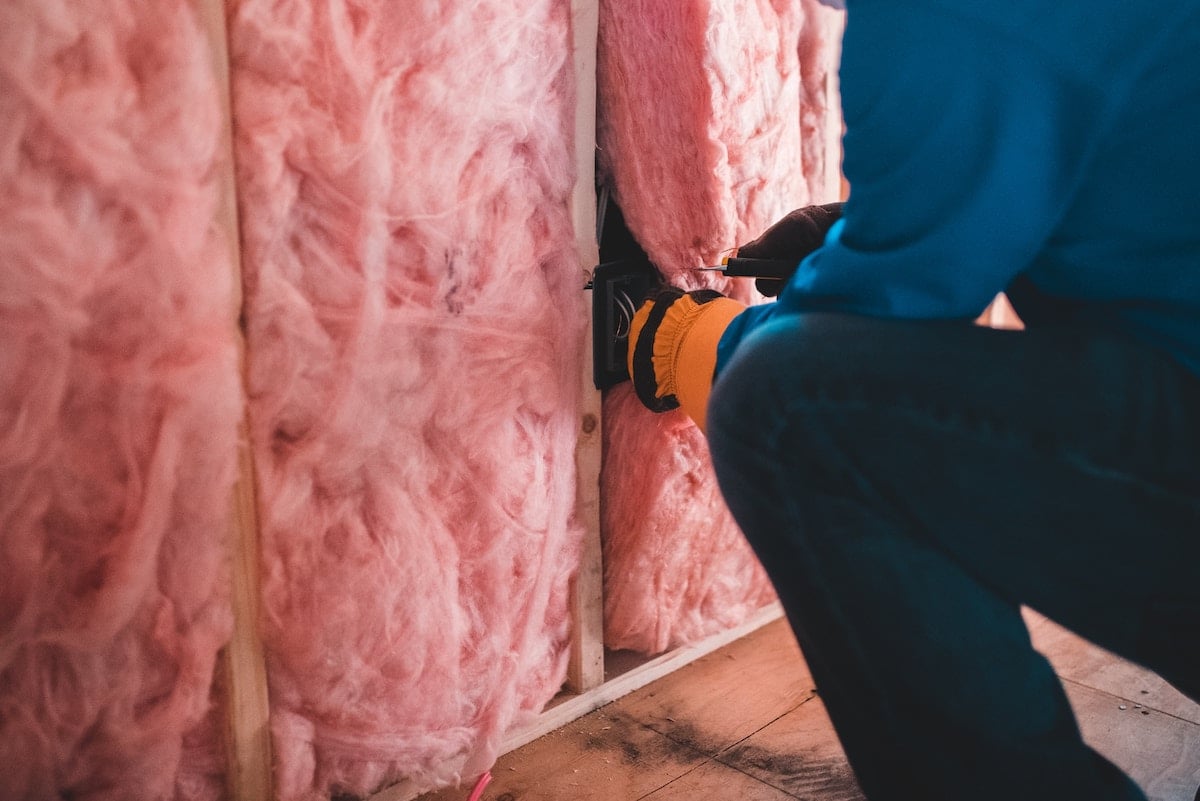Table of Contents
Are you tired of high energy bills and uncomfortable indoor temperatures? Have you considered using reflective insulation to improve your home’s energy efficiency? Reflective insulation is a material that can help reduce heat transfer and keep your home cooler in the summer and warmer in the winter which makes it one of the best insulation. So if you’re considering getting reflective insulation but are still confused about how it works, this article will guide you on how it can help you save money and improve comfort.
What Is Reflective Insulation?
Reflective insulation is a material that reflects heat instead of absorbing it. It reduces heat transfer by reflecting radiant energy toward its sources, such as the sun or a heat source. It is made of a thin, lightweight material such as aluminum foil, often laminated onto other materials like plastic films, bubble wrap, or foam.
Reflective insulation works by reflecting radiant heat, the type of heat transmitted through space in the form of electromagnetic waves. This type of heat transfer is different from conduction or convection, which involve the transfer of heat through a material or moving air or other fluids.
Like other insulation, it is commonly used in various applications, including in homes and buildings to reduce heat transfer through the roof or walls, in packaging to keep products cool during shipping, and in vehicles to reduce heat gain from the sun. It is easy to install, and can effectively reduce energy costs and improve thermal comfort.
How to use Reflective Insulation
Here are some steps to follow when using reflective insulation:
Determine where it will be installed: Reflective insulation is most effective when installed in areas exposed to direct sunlight or radiant heat sources.
Measure the area that needs to be covered: This will help you determine the amount of reflective insulation you need to purchase.
Install the reflective insulation: Reflective insulation is typically installed by stapling or taping it to the surface it will be covering. Make sure that the insulation is installed with the reflective side facing outward and this can be done best by a professional. So, to prevent installing it wrongly, reach out to a professional and get a quote for installation.
Seal any gaps: To ensure that the reflective insulation is as effective as possible, seal any gaps or seams with foil tape. This will help prevent air leaks that can reduce the insulation’s effectiveness which is a good way to preserve energy.
Test the insulation: After the reflective insulation is installed, test it to ensure that it provides the desired insulation level. You can measure the temperature on both sides of the insulation and compare the results.
It is worth noting that If necessary, install a vapor barrier over the reflective insulation to prevent moisture from penetrating the material.
Advantages of Reflective Insulation
There are several advantages to using reflective insulation, here are a few:
Energy efficient: Reflective insulation is an energy-efficient way to maintain the temperature inside your home or building. By reflecting heat and radiation, it reduces the amount of heat transferred through walls, roofs, and floors, thus reducing the amount of energy required to cool or heat your space.
Easy to install: Reflective insulation is relatively easy to install and can be applied to many different surfaces, including walls, roofs, and floors. It can be cut to fit any size and shape, making it a versatile insulation option.
Durable: Reflective insulation is highly durable and can last for many years without the need for replacement or maintenance. It is not affected by moisture, pests, or rodents, and can withstand high winds and severe weather conditions.
Cost-effective: Reflective insulation is generally less expensive than other types of insulation, such as foam insulation, and can help reduce energy bills in the long run.
Disadvantages of Reflective Insulation
While reflective insulation offers many advantages, there are also some disadvantages to consider:
Limited insulating value: Reflective insulation has limited insulating value compared to other types of insulation. It can only reflect heat and radiation and does not provide any resistance to conduction or convection. Therefore, it is not an ideal insulation option for extreme weather conditions.
Dependent on air space: Reflective insulation requires an air space to be effective. If it is installed directly against a surface, such as a wall or a roof, it loses much of its insulating value.
Vulnerable to Dust Accumulation: Reflective insulation can accumulate dust over time, reducing its reflective properties and decreasing its effectiveness.
Ineffective at blocking sound: Reflective insulation does not provide any soundproofing properties, so it may not be the best option if you are looking to reduce noise levels in your space.
In conclusion, reflective insulation effectively reduces energy costs and improves energy efficiency in your home or building. With proper installation, it can provide significant savings on heating and cooling costs.
Image Credit: Photo by Erik Mclean on Unsplash


